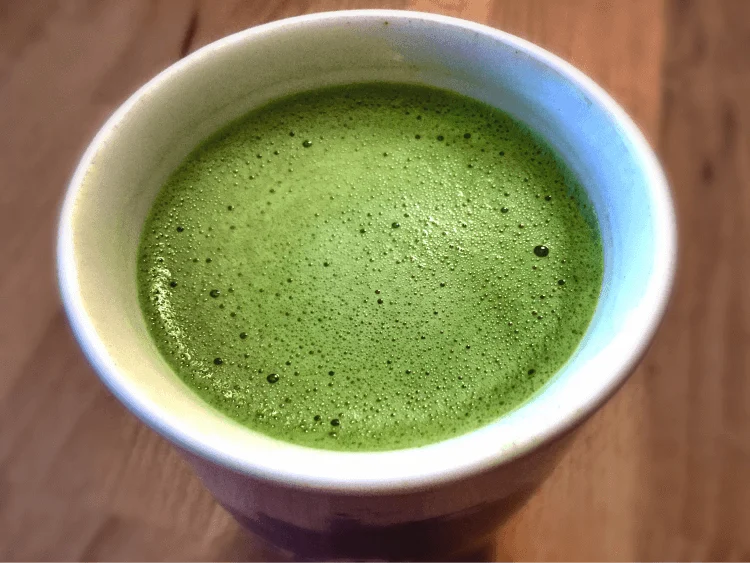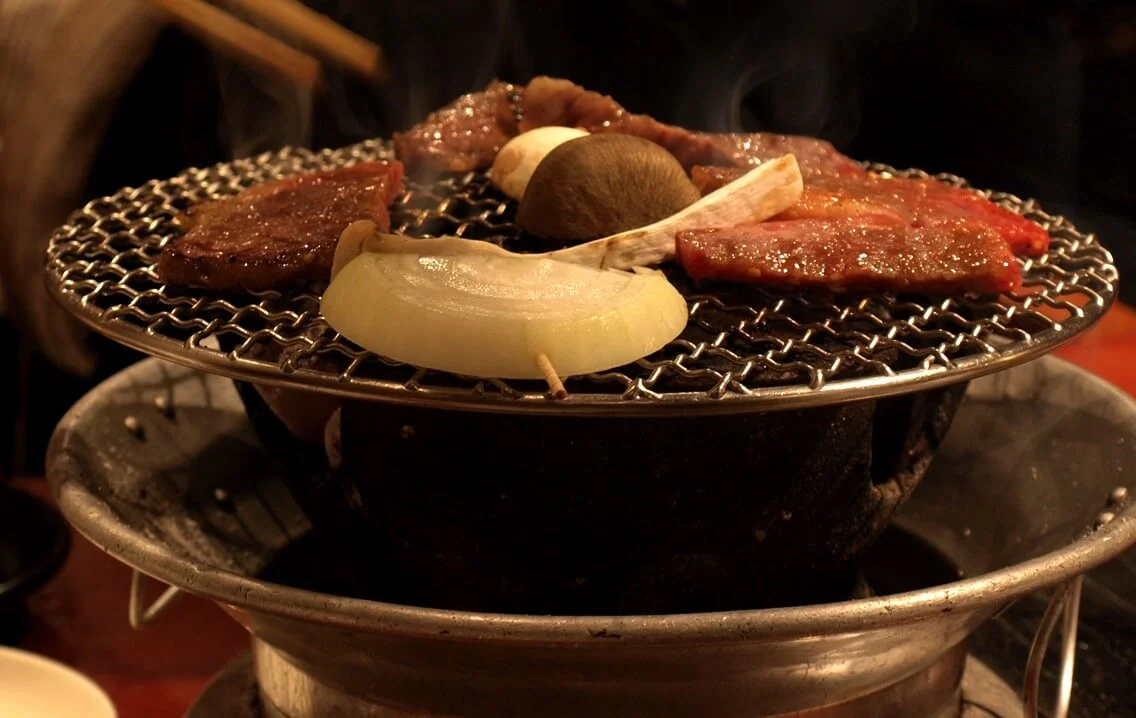First time traveling to Japan? No worries. I’m here to guide you through a comprehensive 7-day Japan travel itinerary.
This itinerary ensures you immerse fully in the contrasting beauty of Japan's most iconic cities. Starting in the bustling streets of Osaka, you'll experience the vibrant mix of modernity and tradition that this city offers.
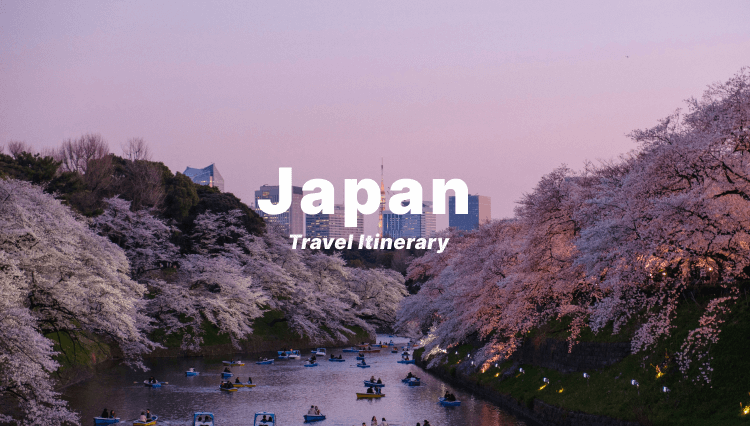
1. Considerations When Planning Your Japan Travel Route
Before you pack your bags for Japan, just remember to keep a few things in mind. Planning is your friend, people!
Budget: Money – or lack of – will determine a lot of your experience, from how you travel to your accommodation to your meals.
Places to Stay: Japan has all sorts of places from cheap spots to crash to luxury hotels.
Best Time to Go: The season will influence what you see and do. Cherry blossoms in spring. Beautiful leaves in autumn.
What You Like to Do: Whatever you like, you’ll find it in Japan, whether that’s exploring the history of the samurai, diving into otaku culture... or incredible foodie experiences. There are several things to do in Japan!
Staying Safe: It’s a pretty secure place normally, but be cautious as you would on any trip, particularly for ongoing travel advice and health information.
Paperwork Stuff: Don’t forget sight of your visa status and anything else wonky in the travel rules department.
2. Explore Japan in 7 Days: A Comprehensive Itinerary
Let's jump into the exciting 7-day trip from Osaka to Tokyo. The tour starts in Osaka and ends in Tokyo. From shopping to attractions, it will take you from super cool modern spots to some seriously impressive historical sites.
Japan 7 Days Trip Table:
Day | Destination | Recommended Activities/Route |
1 | Osaka | Shopping at Namba Station |
2 | Osaka to Nara | Explore Tsutenkaku, Yasaka Shrine, Kofukuji Temple, Nara Park, Todaiji Temple, Kasuga Taisha, Wakakusa Mountain |
3 | Osaka | Universal Studios, Umeda Sky Building, Hep Five Ferris Wheel |
4 | Osaka to Tokyo | Shinkansen to Tokyo, visit Tokyo Tower, Shibuya Sky, Hachiko Statue, Shibuya Shopping |
5 | Tokyo to Izu | Omuroyama, Izu Cactus Park, Jogasaki Coast, Kadowaki Suspension Bridge |
6 | Tokyo to Kamakura | Visit Hasedera Temple, Great Buddha of Kamakura, Shichirigahama Beach, Kamakura High School Station, Enoshima |
7 | Tokyo | Choose between DisneySea or exploring Sensoji Temple and Akihabara |
Day 1: Osaka
Kick off your adventure in Osaka, world-renowned for its cuisine and nightlife. Namba, a hodgepodge shopping and dining area and major transport hub, is the perfect starting point.
What You Can Discover Today:
Dotonbori: Take a walk down the most famous street in Osaka, complete with overdose-inducing neon and the Glico running man sign. It’s prime selfie territory.
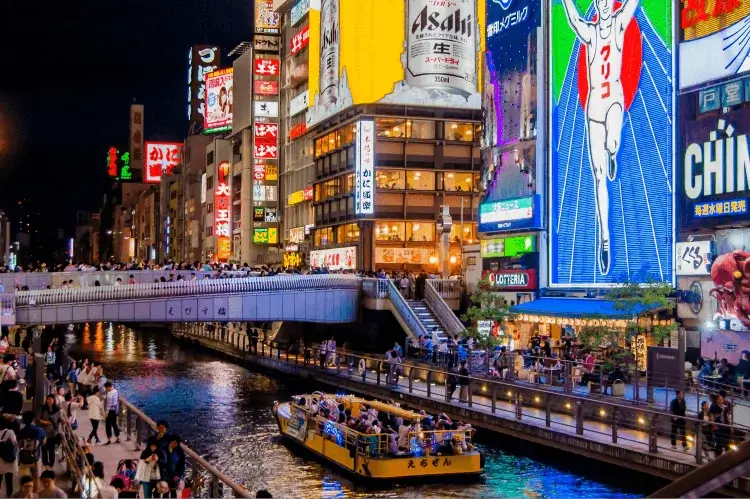
Namba Station Area: Jump headfirst into Osaka with shopping and delectable street foods like takoyaki (octopus balls) and okonomiyaki (savory pancakes).
Hozenji Yokocho Alley: A more low-key area of narrow lanes packed with restaurants, offering a mini-haven of calm compared to the frenetic Dotonbori.
Where to Stay:
Choose a hotel near Namba Station for easy access to public transport, making it convenient to explore Osaka and surrounding areas.
Don't leave without sampling some of Osaka’s famous street food, and enjoy a river cruise along the Dotonbori River at night to see the city from a different perspective.
Day 2: Osaka to Nara Day Trip
Spend your second day on a visit to Nara, less than an hour away by train. The ancient city is filled with cultural sights, and the friendly deer living in its parks are considered divine messengers.
What You Can Discover Today:
Todaiji Temple: This site houses the largest statue of the Buddha in Japan, as well as other precious artifacts. An UNESCO World Heritage site.
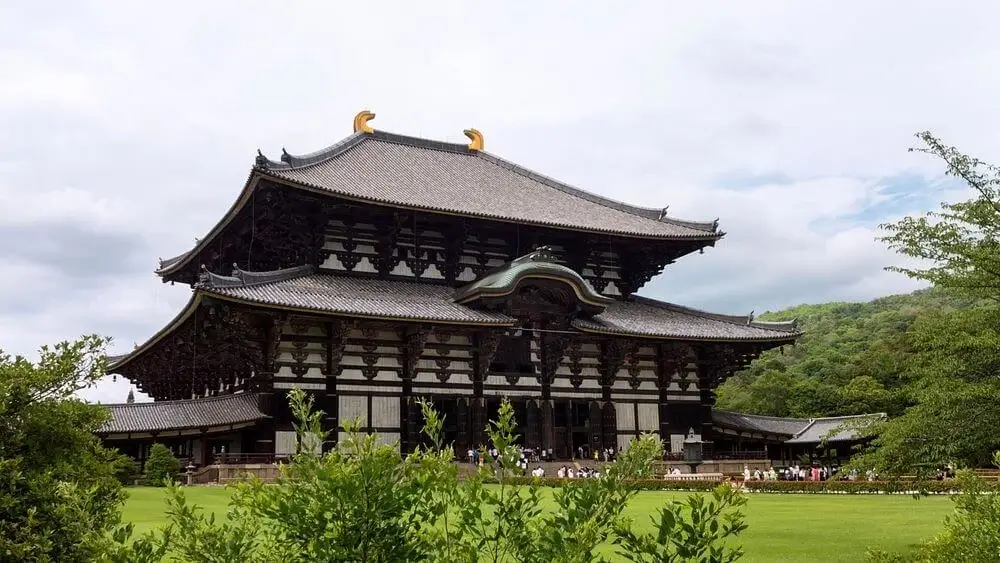
Nara Park: Rub antlers with one of the deer that call this park home.
Kasuga Taisha Shrine: This temple’s approach is lined with thousands of bronze and stone lanterns.
Kofukuji Temple: Admire the five-story pagoda, one of the tallest in Japan.
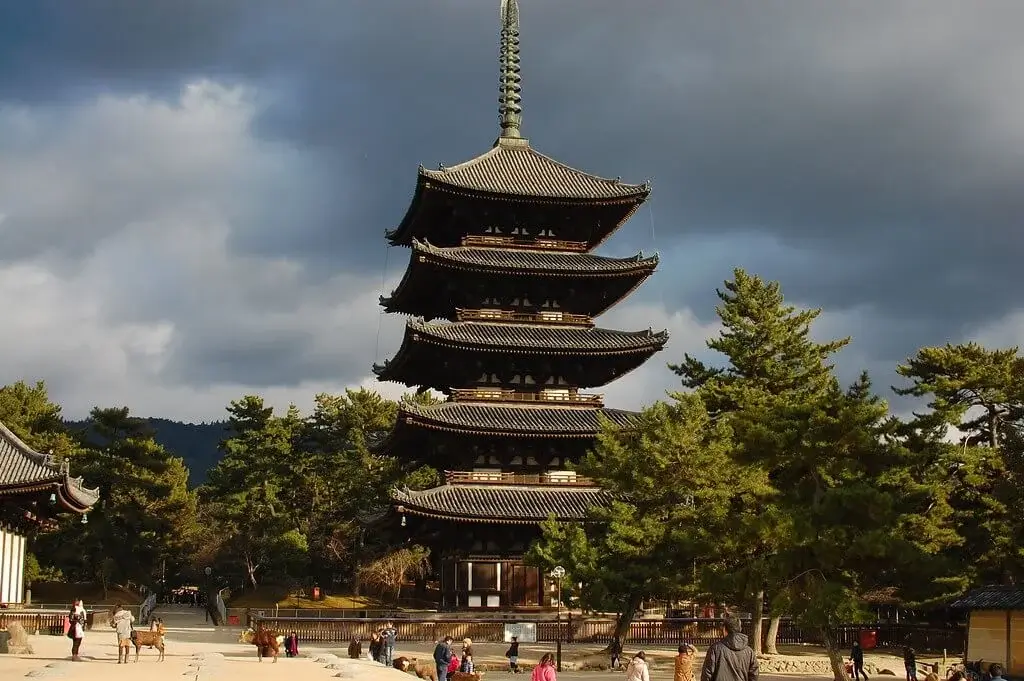
Where to Stay:
Return to Osaka for the night, or plunge into traditional Japanese accommodation at a Ryokan in Nara.
If you plan on doing a lot of sightseeing, buy a one-day pass for the local buses in Nara.
Day 3: Osaka
On the third day, you can explore Osaka's city center and visit some attractions.
What You Can Discover Today:
Hep Five Ferris Wheel: Near the Umeda train station, this is another way to see the city from the skies, especially pretty around sunset.
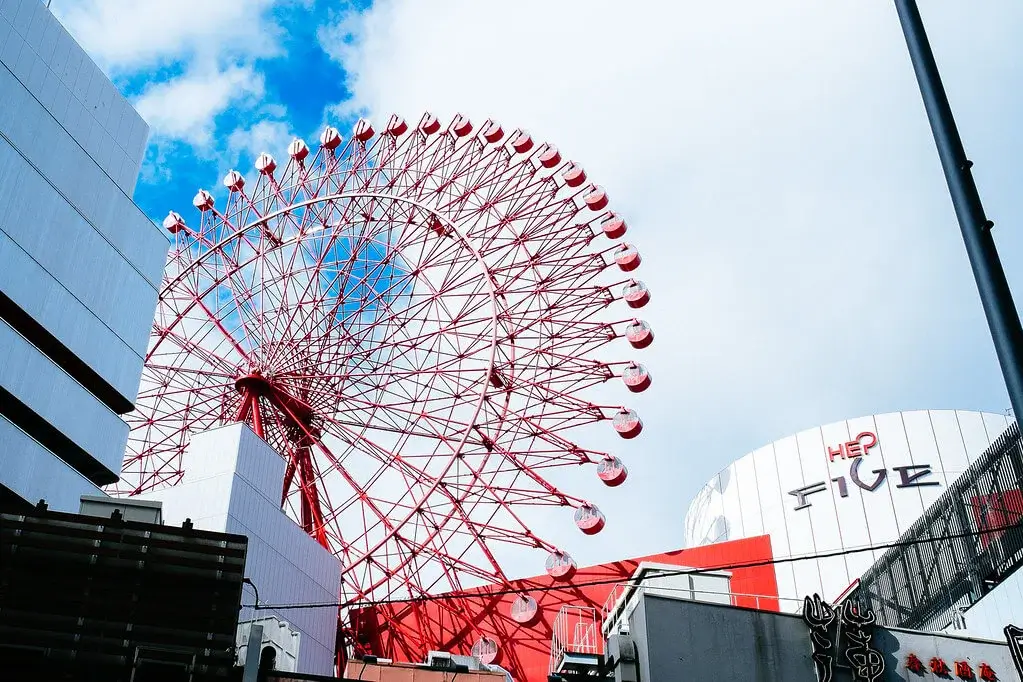
Universal Studios Japan: Spend a day at this thrilling theme park, which features attractions based on popular movies and franchises.
Umeda Sky Building: Get a bird’s eye view of the city from the futuristic building and its observation deck.
Where to Stay:
Set up camp in the Umeda neighborhood, teeming with shopping and dining options.
Investigate the Osaka Amazing Pass, good for entry at many city attractions and use of public transport for a full day.
Day 4: From Osaka to Tokyo via Shinkansen
Today, you're transferring from the lively culture of Osaka to the neon bustle of Tokyo on Japan's famous Shinkansen, or bullet train; one of the fastest in the world – so swift the view becomes a blur.
What You Can Discover Today:
Hachiko Statue: Right outside Shibuya Station, find the statue of Japan's most famous pup – and perennially loyal friend – who waited at this spot every day for his master.
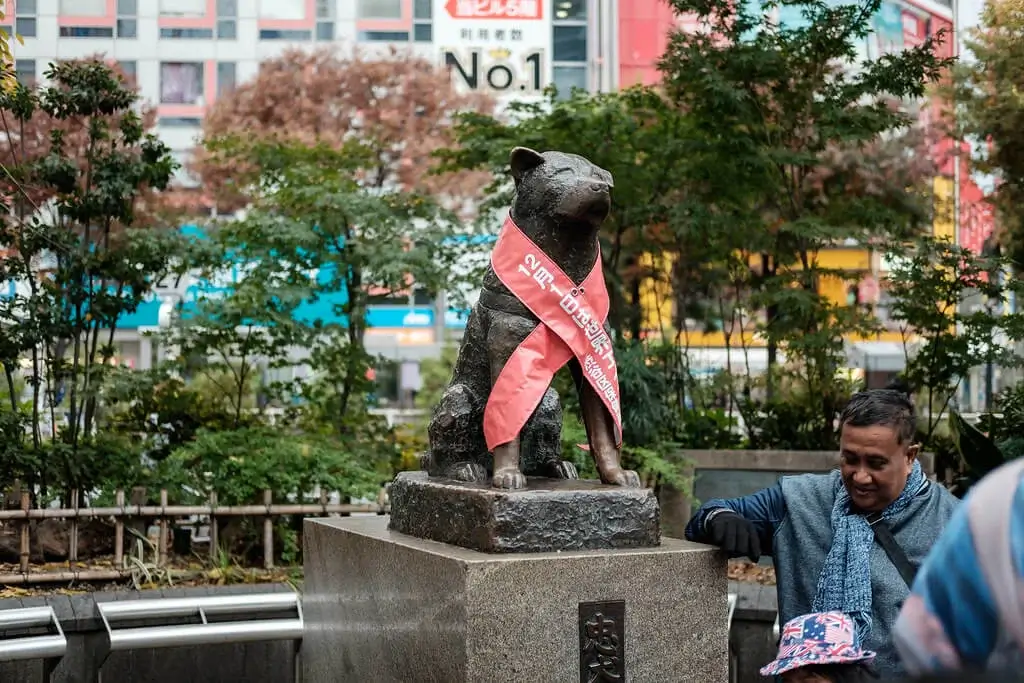
Shibuya Crossing: Lose yourself in the neon lights and sea of people at this famously busy pedestrian intersection – one of the world's busiest!
Tokyo Tower: Japan's electric answer to the Eiffel Tower is a host to countless cityscape photos, especially at night.
Shibuya Sky: The height of urban viewing, this vast observation deck affords a complex overview of Tokyo. Get ready for a shock.
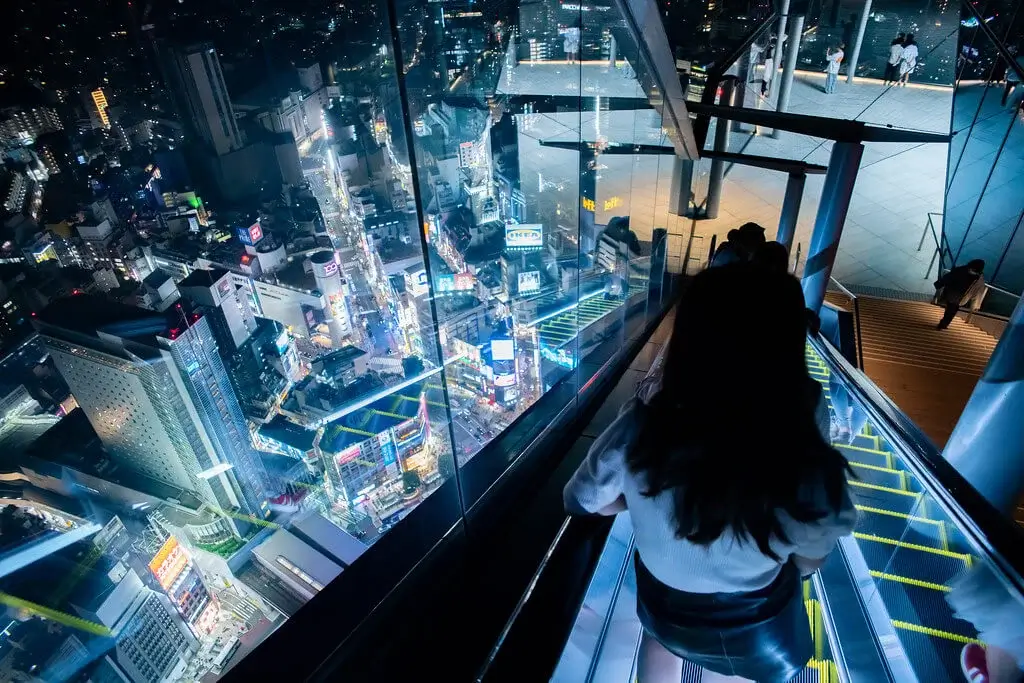
Where to Stay:
Opt for accommodation in Shibuya or Shinjuku. These two districts most encapsulate the city's energy, and transport links are outstanding, while both offer myriad nightlife options.
Travel light, or better yet, consider using Japan's luggage forwarding services to have your larger baggage delivered to your hotel in Tokyo. It can be a lifesaver.
Day 5: Tokyo to Izu Peninsula
Switch from Tokyo's urban jungle to the tranquil forests of the Izu Peninsula, a peaceful enclave known for its beauty, the rugged cliffs of its coastline, and best of all, various hot springs to bob in.
What You Can Discover Today:
Omuroyama Volcano: Catch a cable car to the top for sweeping views of the Izu Peninsula. It's a scenic ride up with a rewarding vista.
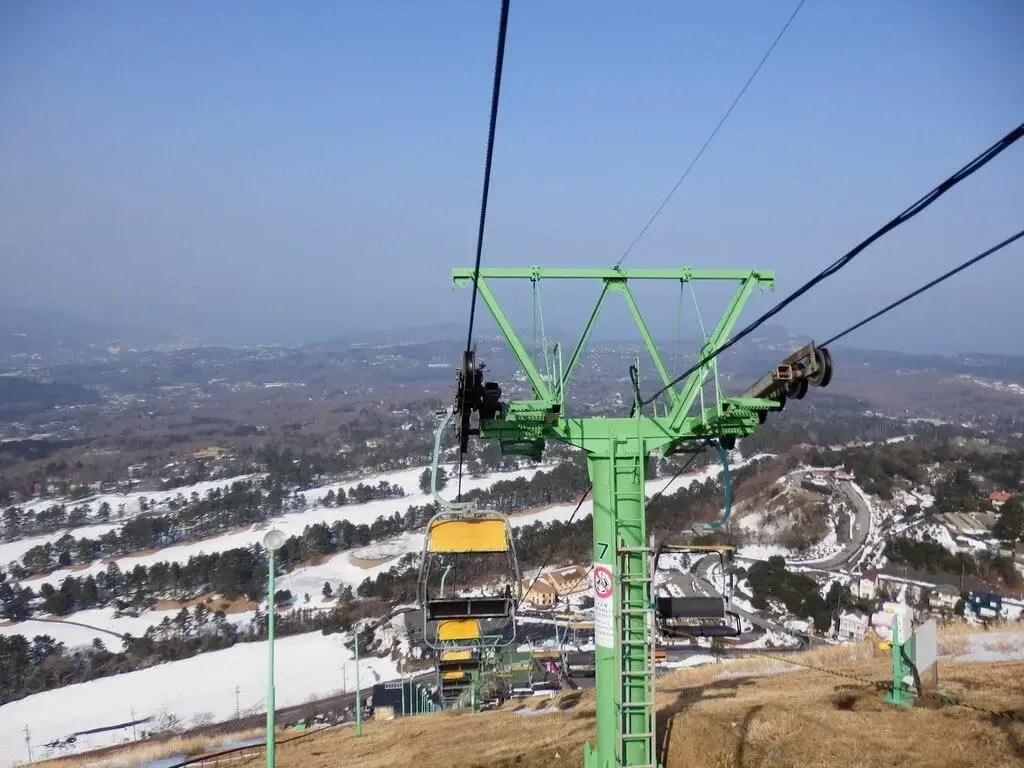
Izu Cactus Park: Wander through this unusual garden filled with a variety of cacti and succulents. It’s a delightful contrast to the typical Japanese landscape.
Jogasaki Coast: The trail along this coastline is perfect for a leisurely hike. Follow the wooden path to capture stunning views of the cliffs and sea.
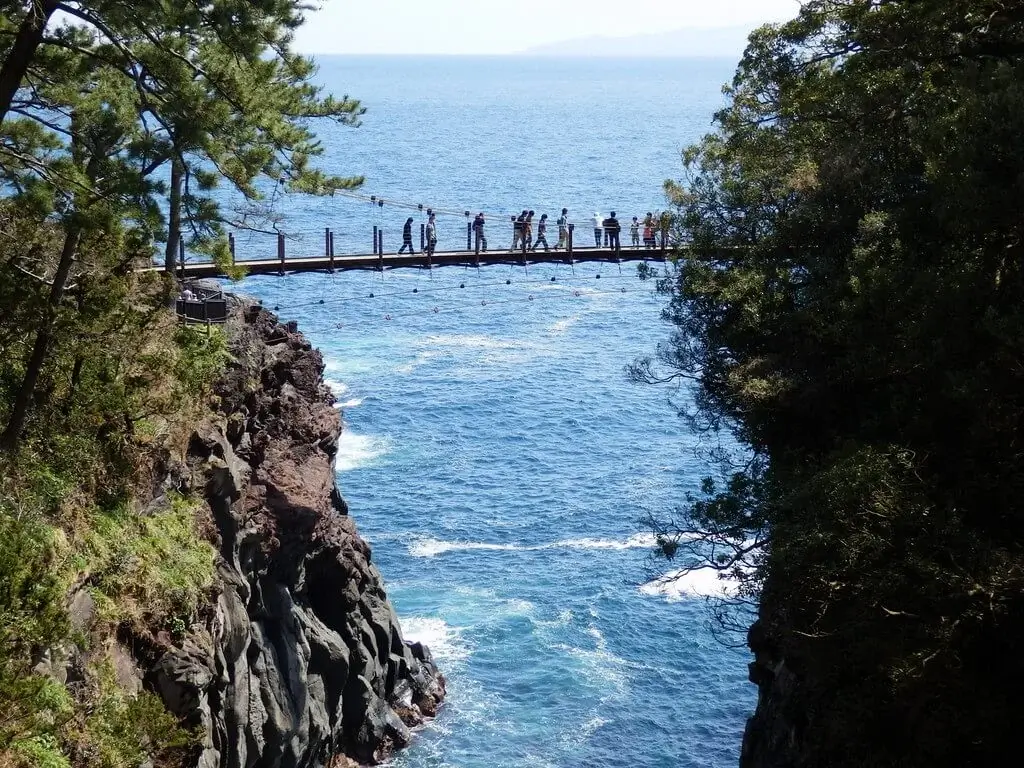
Kadowaki Suspension Bridge: Walk across this solid bridge high above the sea. The views here are not just breathtaking but also quite expansive.
Where to Stay:
Tonight, bed down in a local hot spring resort hotel – the Hakone Peninsula is famed for the onsen and its views.
Best not to wear shoes you mind getting muddy – plus, sensible for the coast-side hiking – and don't leave that camera at the hotel.
Day 6: Day Trip to Kamakura from Tokyo
Today, venture to Kamakura, a quaint coastal town steeped in history composed of numerous shrines, temples, and historical landmarks.
What You Can Discover Today:
Great Buddha of Kamakura: Pay a visit to this colossal outdoor bronze statue of Amida Buddha, one of Japan's most famous icons.
Hasedera Temple: This temple offers not just spiritual solace, but also stunning views of the town and a garden that transforms with the seasons.
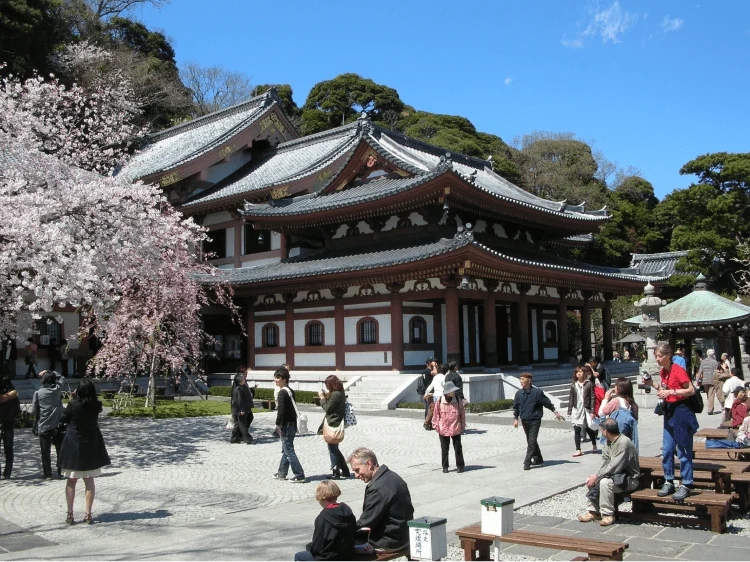
Kamakura High School Station: Anime fans won’t want to miss this station, the area's store fronts were famously featured in the anime series "Slam Dunk."
Enoshima: Explore the island connected by a bridge to the mainland. It’s a great spot for enjoying natural beauty, with its shrines, caves, and a botanical garden.
Where to Stay:
Return to Tokyo at the end of the day, or follow a more relaxed pace with ocean-front accommodations.
Kamakura can get crowded, especially on weekends. Rise early to make the most of the peaceful surroundings, and minimize the crowds.
Day 7: Tokyo
On your final day, choose how you want to end your time in the country. Japanese magic or Tokyo culture are at your fingertips.
Option 1: Disney Day Trip:DisneySea
The only park of its kind in the Disney family, DisneySea offers nautical-themed adventures and attractions you’ll find nowhere else!
Option 2: Explore Tokyo
Sensoji Temple: The city's oldest temple, set against the hustle and bustle of Asakusa district.
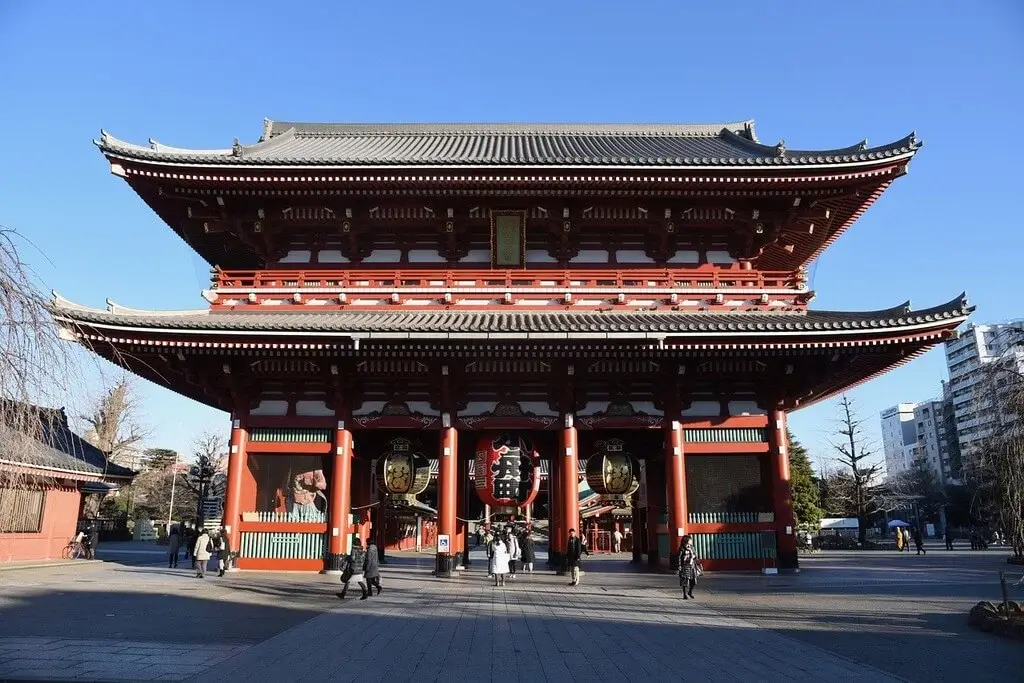
Akihabara: Unleash your inner nerd in this manga and anime district, while checking out the electronics shops.
Where to Stay:
If you plan to leave tomorrow, consider staying in the Ginza district, which is known for its upscale shopping and dining options. Places close to the airport are also good options.
If exploring cultural sites, consider joining a guided tour for deeper insights into Tokyo’s rich history and contemporary culture.
Adjusting Your Itinerary:
Too short? Consider adding sightseeing days in Kyoto for temples, or Hiroshima for historical perspective.
Running out of time? Stick around Tokyo and see the top highlights. Travelling is meant to be relaxed, after all!
3. Top 10 Japanese Food and Drink
Japanese food is famous all over the world for its seasonal ingredients, quality, and presentation. Here are ten of the best foods and drinks in Japan worth trying.
1. Sushi
Sushi isn’t just food, it’s an art. Whether it’s in the form of nigiri, sashimi, or maki rolls, each piece of raw fish atop vinegared rice speaks to the skill of the chef. Add a dab of wasabi, a dunk in soy sauce, and you’ll be in taste bud heaven.
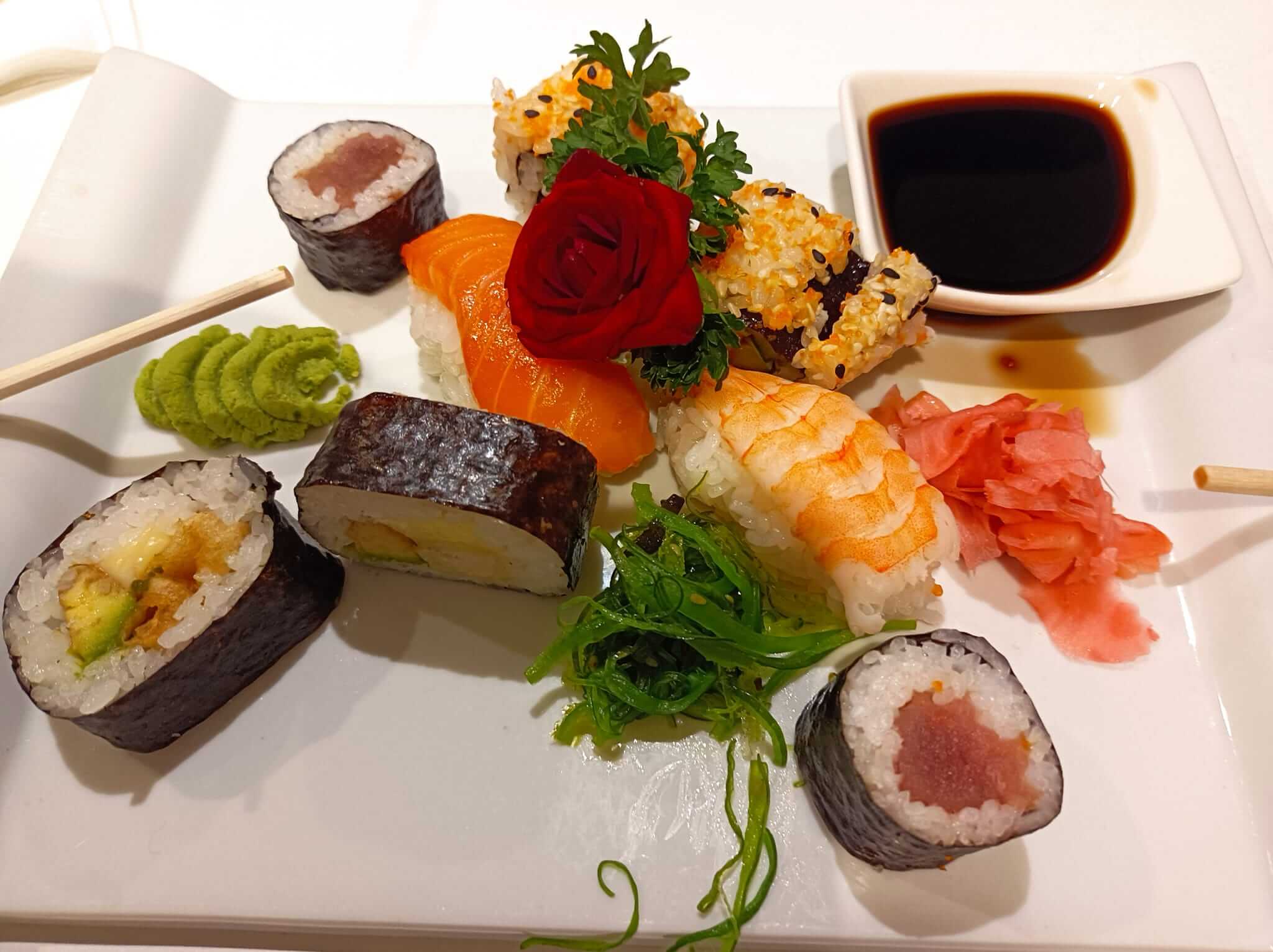
2. Ramen
Every bowl of this noodle soup favorite has a story, differing in style from region to region: it’s a dashi and chicken broth in Tokyo, but a thick miso soup in Sapporo. Whatever the base, it’s the toppings of sliced pork, eggs, and more that make it great.
3. Tempura
Who doesn’t love battered and deep fried seafood and veggies? Crunchy and crispy on the outside, delicate within, this is often served as a snack, or a full meal alongside a bowl of rice with a side of tentsuyu sauce.
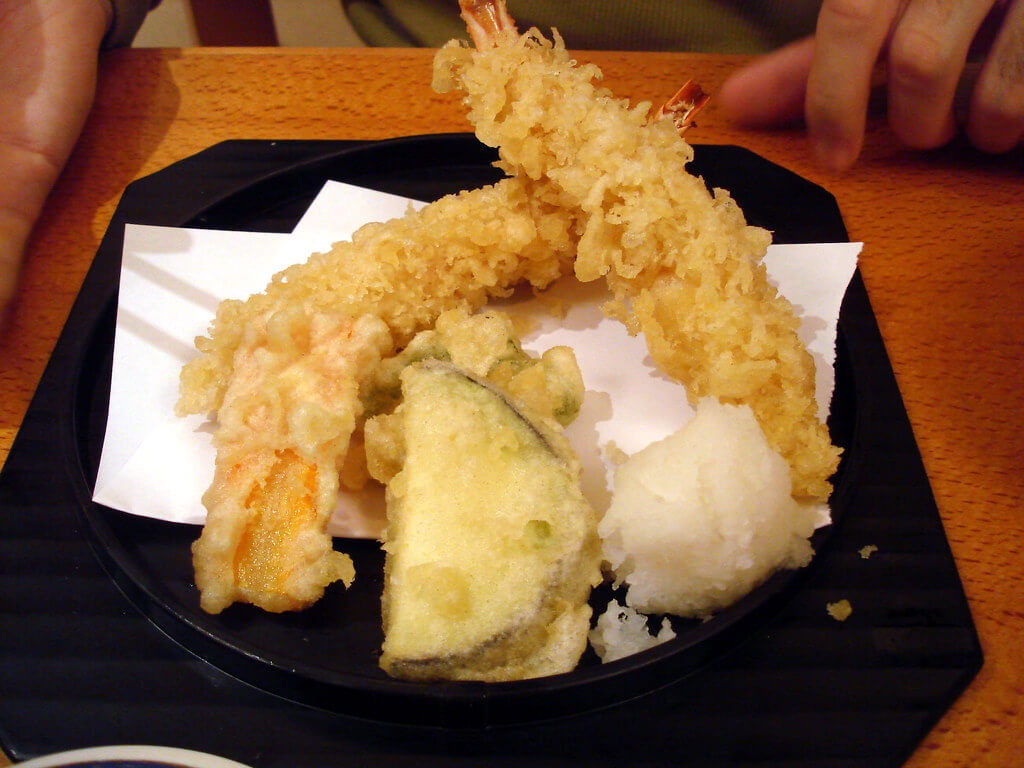
4. Sake
This isn’t just a drink: it’s Japan’s national drink. The rice wine can be served warm or chilled, sweet or dry, and matches beautifully with just about any cuisine served in Japan.
5. Matcha
Matcha is so in vogue right now, but there’s nothing like trying powdered green tea in Japan. Whether it’s used in traditional tea ceremonies or eaten in ice cream or cake form, it’s delicious.
6. Okonomiyaki
It’s close to a Japanese pizza, but not as we know it. The savory pancake is loaded with cabbage, pork belly, and seafood, then slathered with sauce, mayo, and bonito flakes.
7. Takoyaki
Octopus and green onion are some of the ingredients hidden inside the flour-based balls, which are cooked in a pan, then topped with sauce and mayo.
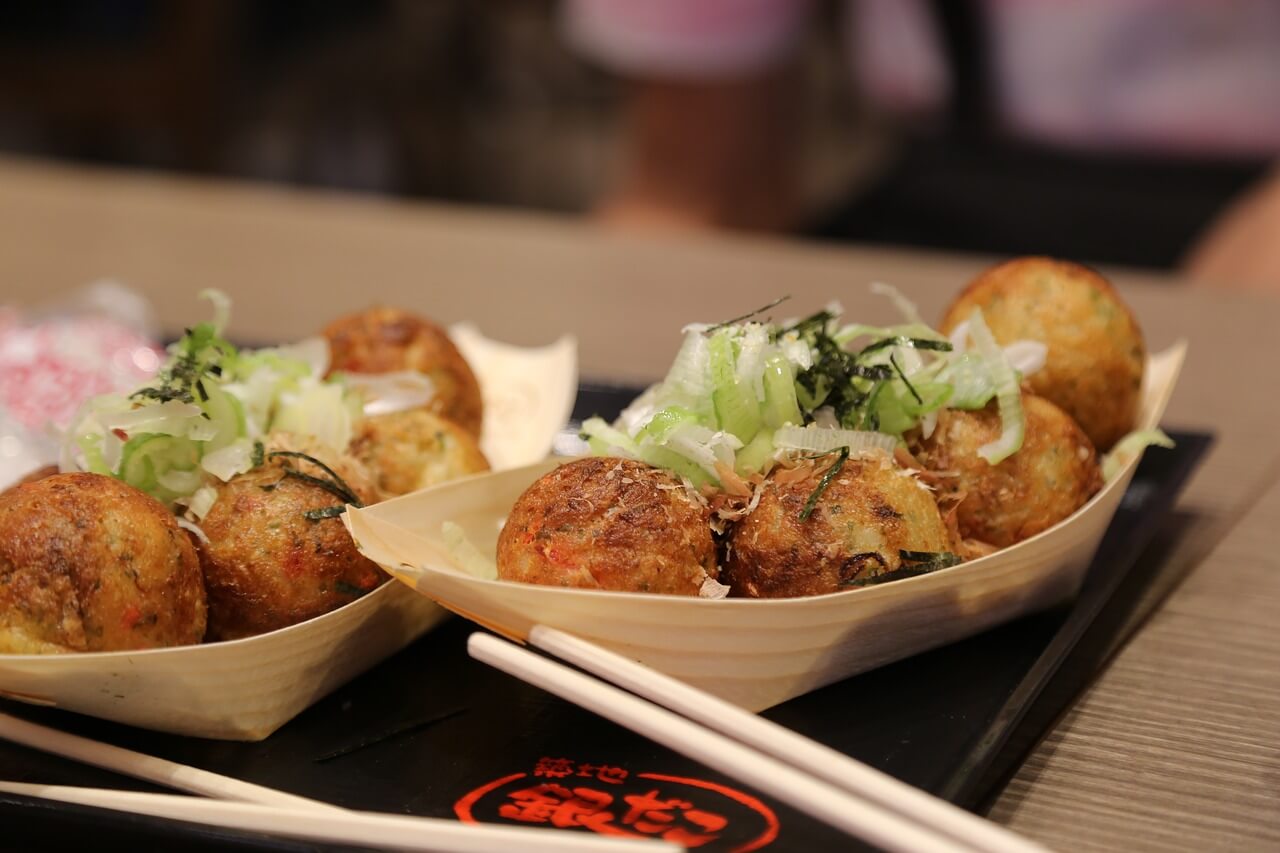
8. Kaiseki
The ultimate dining experience in Japan. This multi-course meal showcases seasonal, fresh ingredients, all of which are presented on the plate as beautiful as they are delicious.
9. Yakiniku
Grill your own meat at the table! Yakiniku is a fun, communal dining experience where you cook spiced, bite-sized slices of meat over a smoky charcoal brazier at your table, then dip in sauces before eating.
10. Mochi
These chewy rice cakes come filled with red bean paste or savory fillings, depending on your preference. They’re particularly tied to New Year’s festivities in Japan.
4. Additional Tips for Traveling in Japan
Here’s a handful of extra tips that will help you make the most of your stay in this wonderful country – because a little preparation never hurts!
Packing Essentials
What you bring with you will really depend on the time of year. Japan has all four seasons, so you’ll want to dress accordingly. Light, breathable clothing is best for Japan’s sweltering, humid summer heat, but don’t skimp on the layers if you’re visiting during winter!
Be prepared for a lot of walking – some of the best things to see in places like Tokyo or Kyoto are only accessible by foot, so bring comfortable shoes!
Also, remember to pack a universal adapter for gadgets, plus a compact umbrella – sudden rain showers are no joke!
Cash Necessity and Local Apps
Despite being a tech-savvy nation, cash is still king, especially in rural areas. Make sure you have some yen on you for those moments when cards aren’t accepted.
Getting around is a different matter – the Suica or Pasmo transport cards make getting around simple and straight-forward.
Cashless options such as PayPay are also becoming more common, ensuring convenience when you’re out exploring.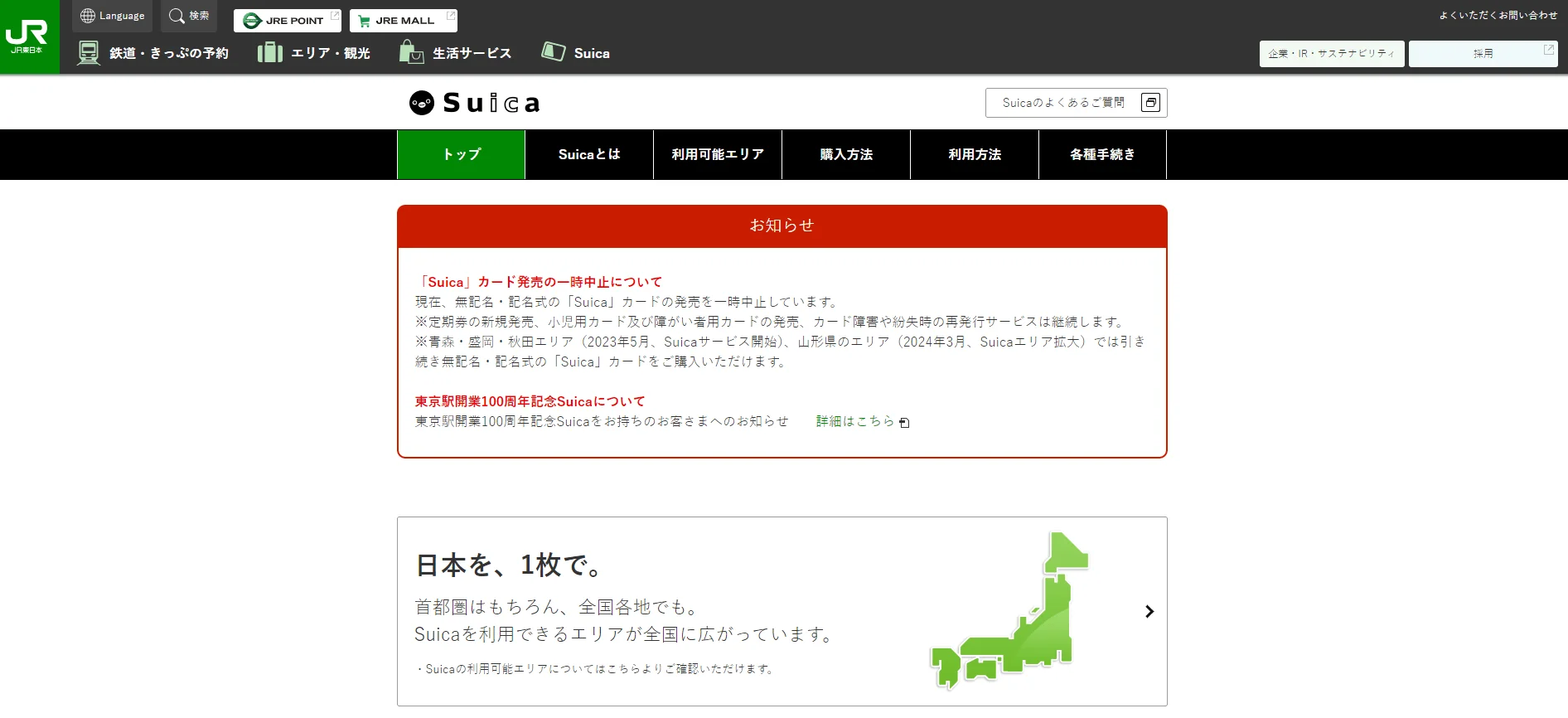
Etiquette is Key
The Japanese place a high importance on manners and etiquette. A quick bow when saying hello or thank you can go a long way. And when in doubt, remember the magic word – “Arigato” (thank you).
Keep your voice down when on public transport, trains or buses and be prepared to ditch your shows when entering a residence, or in some restaurants and accommodation.
And if you’re on the way out, return your shopping basket to the start of the cashier, not leave it lying around! Plus, picking up some fun facts about Japan will definitely enhance your trip!
Transport Options
Navigating Japan is easy, thanks to the country’s excellent public transport network. The famous shinkansen (bullet trains) connect major cities at whiplash speeds, and are famously on time to the second.
Unlimited travel rail passes, such as the Japan Rail Pass, are also available if you’re hopping from place to place. City subways and buses are equally reliable.
If you’re exploring more remote areas, consider renting a car, but remember that you’ll need an international driving license.
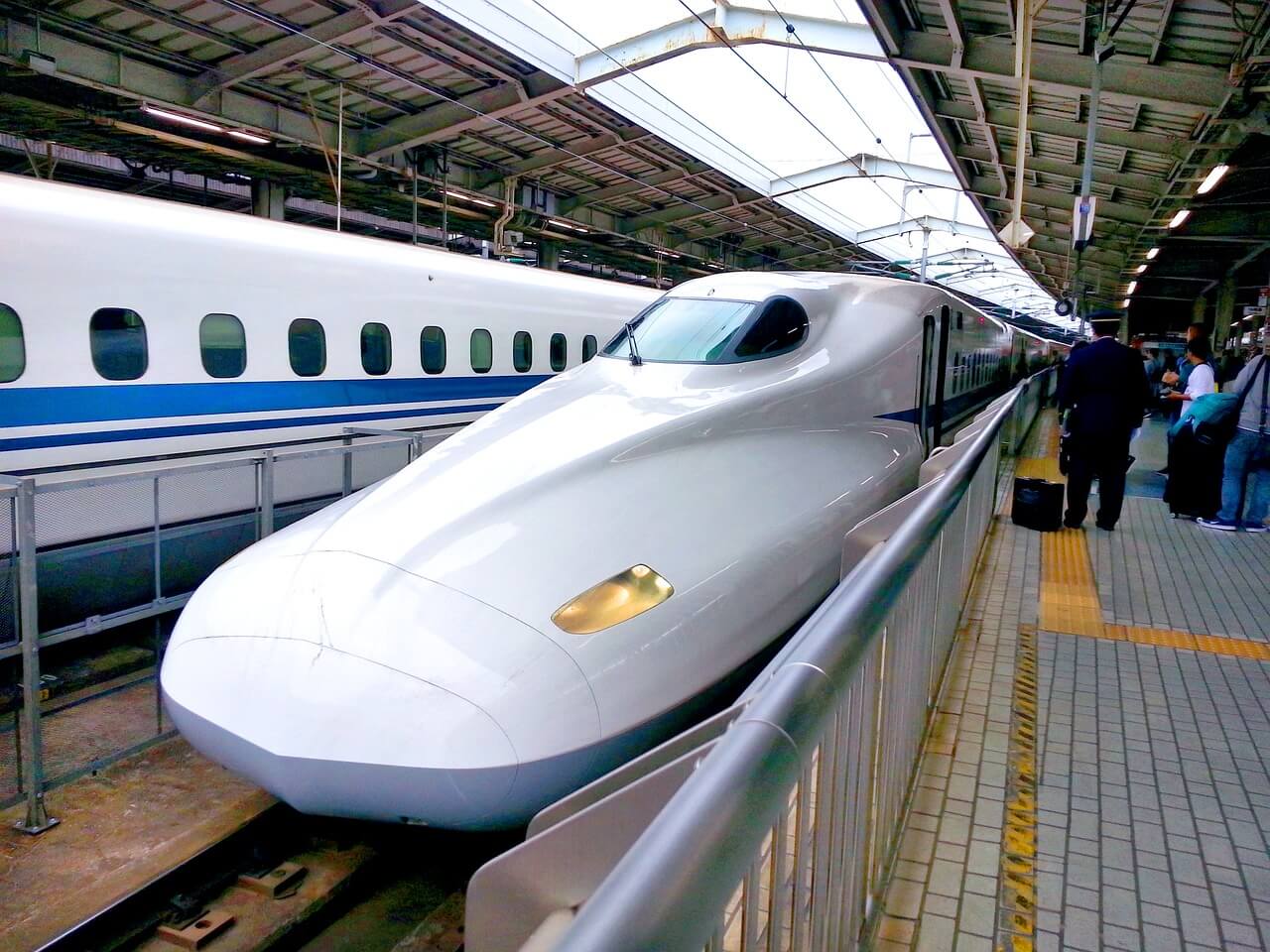
Renting a Car or Scooter
For navigating cities, the subway and bus systems are excellent. If you want to get off the beaten path, some car rental is great; you’ll have to get an international driving permit.
If you’re city-bound, renting a scooter can be a lot of fun – just make sure you wear a helmet and are fully insured!
Talk the Talk
Cities will have some signs and menus translated into English, but learning a few key Japanese phrases is not only helpful, but a good sign of cultural courtesy. “Sumimasen” (excuse me), “Konnichiwa” (good afternoon) and “ohayou gozaimasu” (good morning; literally, “It is early”) are good phrases to learn.
A translation app on your smartphone can also be a godsend for those trickier language problems.
Summary
This 7-day Japan travel itinerary is a rich, varied mix – from the bustling lights of Tokyo to the historical depths of Nara and Osaka.
With a combination of unparalleled Japanese dining, and the lively heart of the city, this is a trip not to forget and a great exploration of Japan's cultural depth.
Have a great trip!

